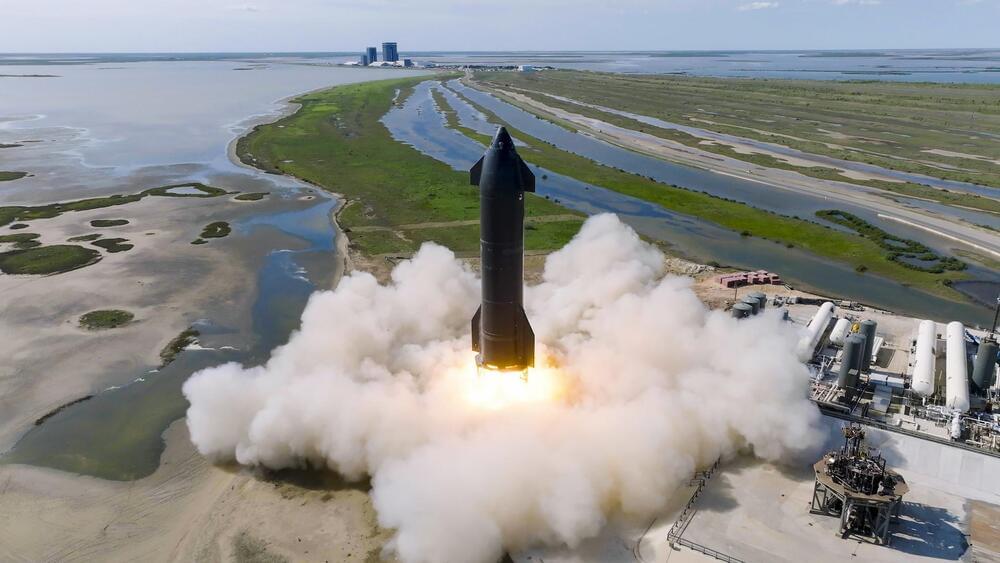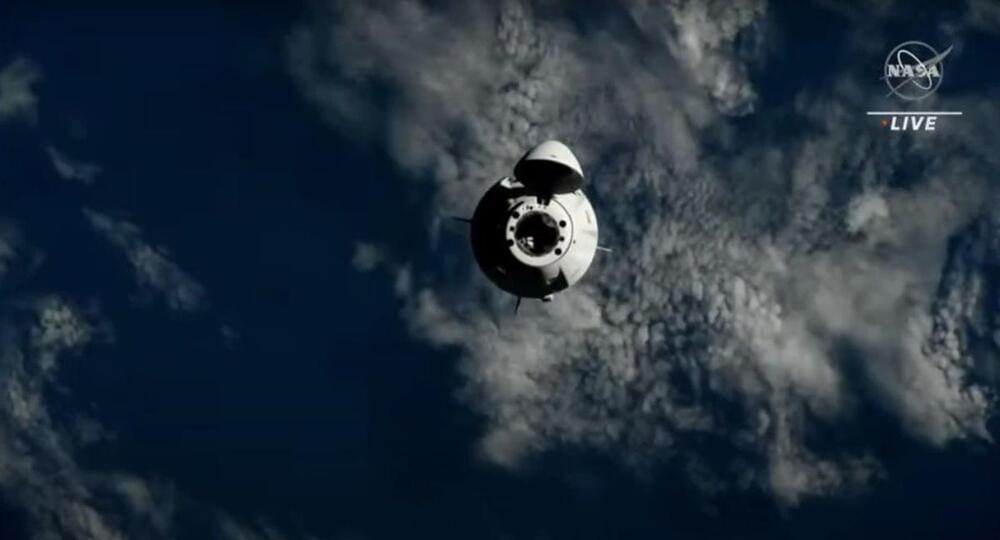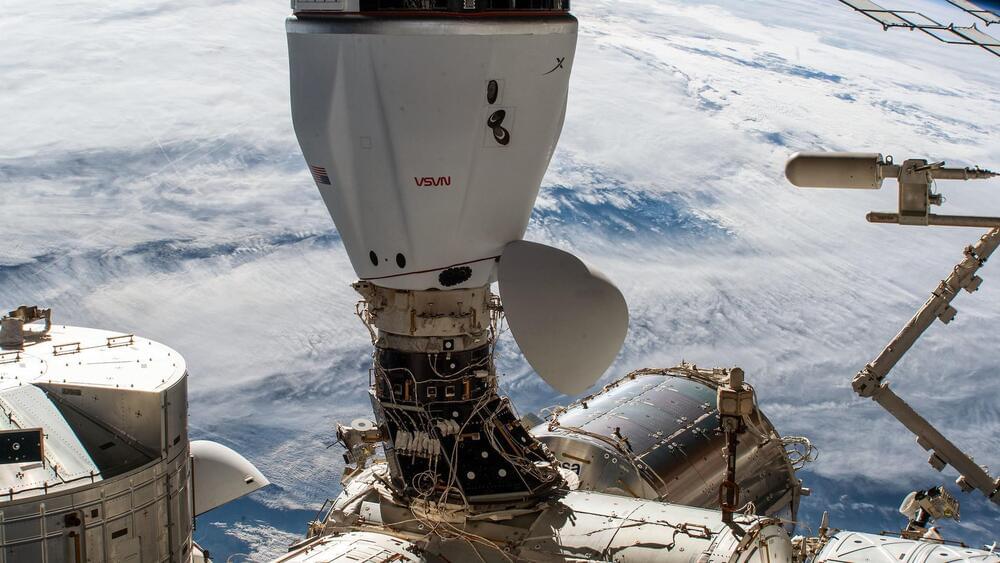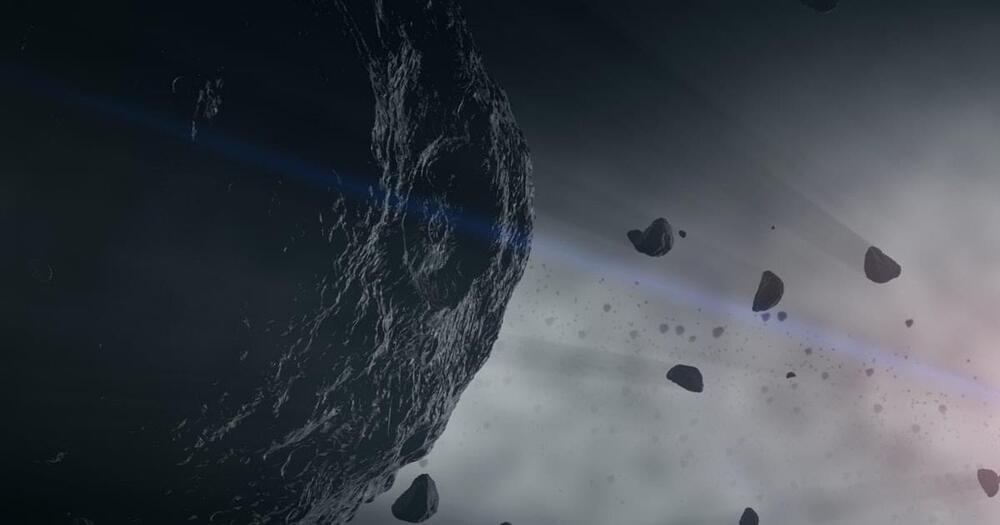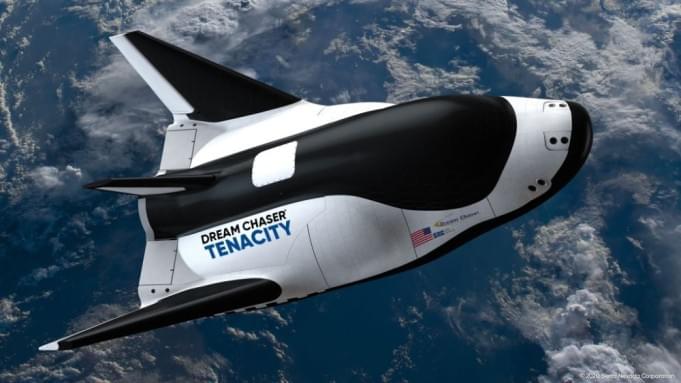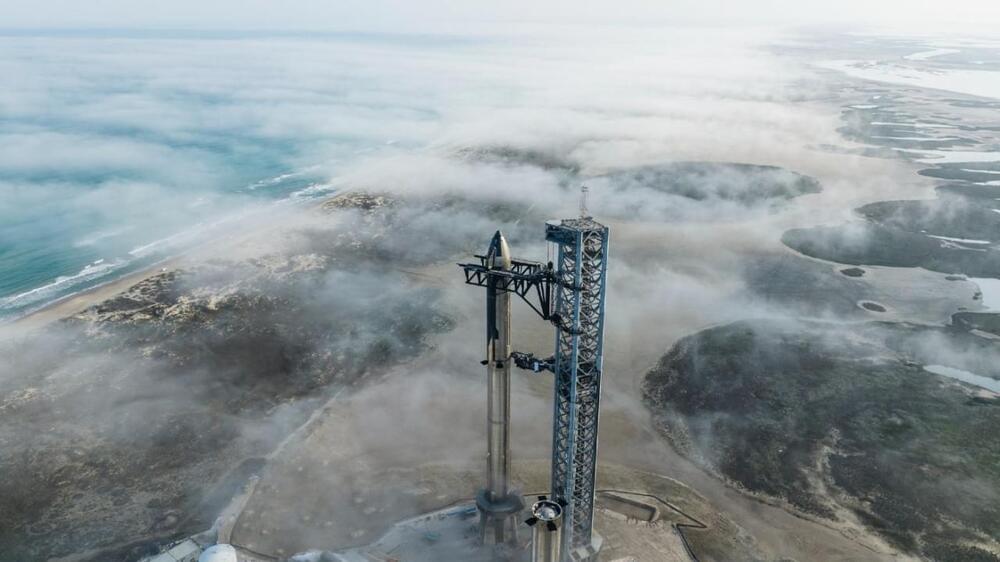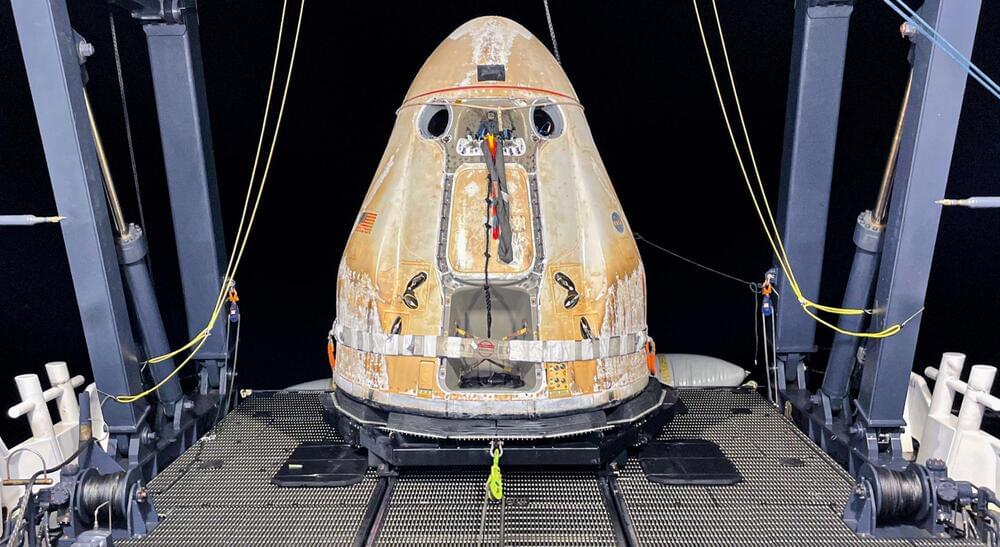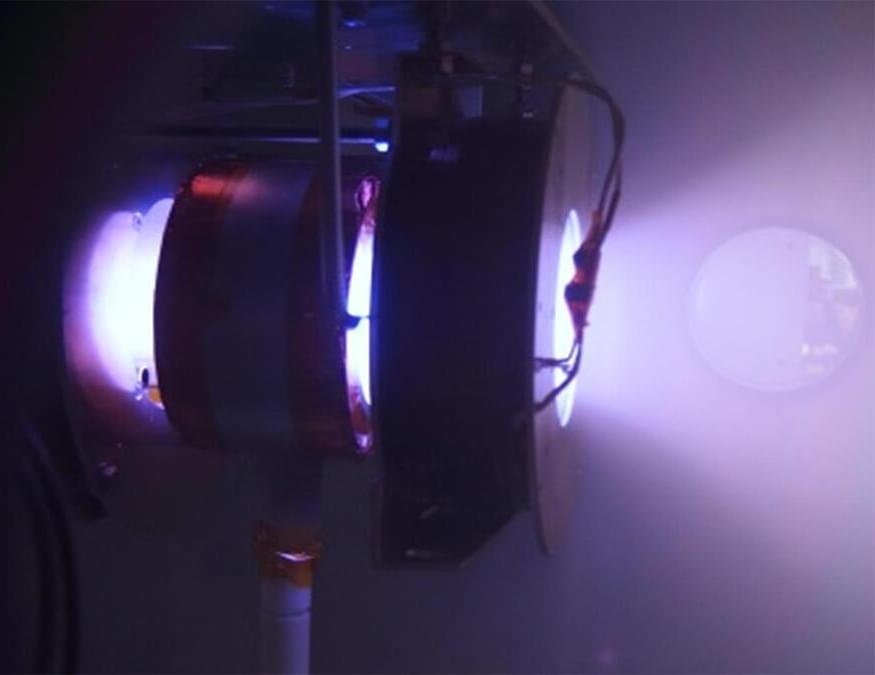Elon Musk said the private space firm has “a real shot at late February” for the orbital launch of Starship.
We might finally see SpaceX’s Starship soar to orbit next month. SpaceX’s orbital launch of its fully reusable Starship rocket is arguably the most exciting upcoming space mission of the year. And we may not have to wait very long to see it take to the skies.
Starship could fly to orbit for the first time as soon as late February, though March is more likely, according to an update from SpaceX CEO Elon Musk via Twitter.
Elon Musk: “We have a real shot at late February”
SpaceX / Flickr.
SpaceX’s orbital launch of its fully reusable Starship rocket is arguably the most exciting upcoming space mission of the year. And we may not have to wait very long to see it take to the skies.
